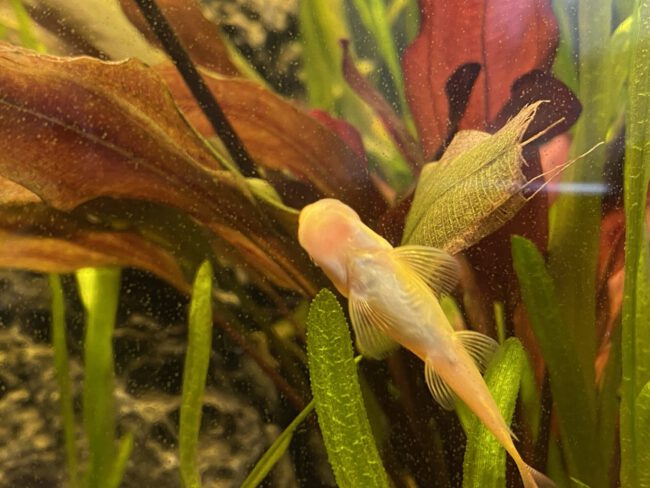Running external commands from Python
Motivation Although Python has a ton of built-in features and the ecosystem is full of useful pip-installable packages sometimes you need to fire up some external tools os.system The simplest form of launching external tools is the os.system function import os os.system(“echo Hello from the other side!”) subprocess module The subprocess module is Python’s…









